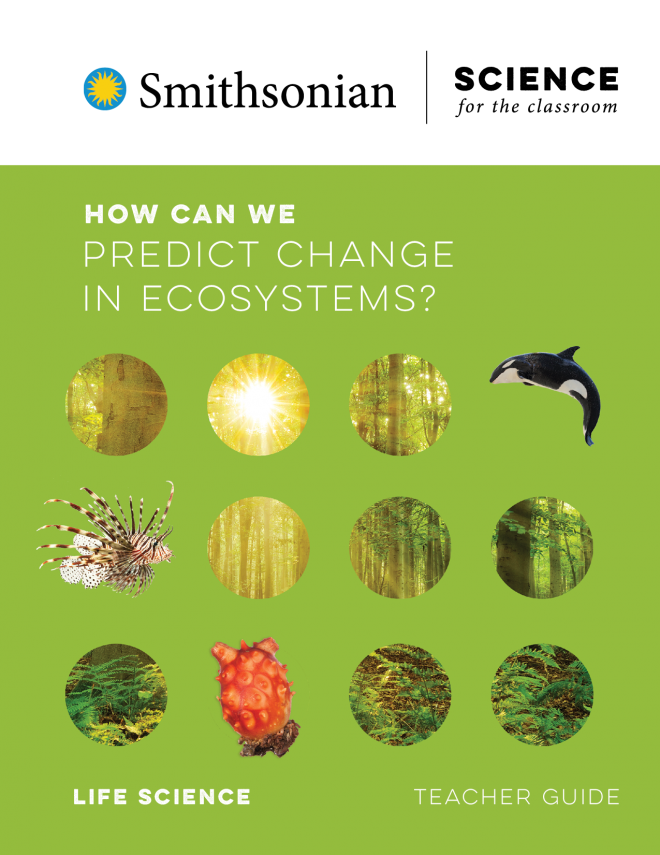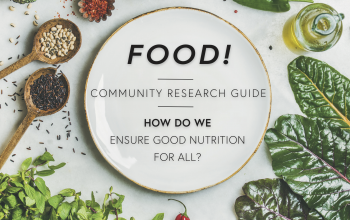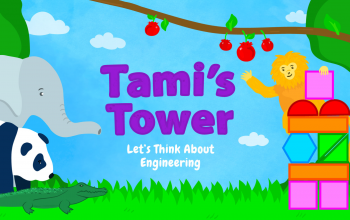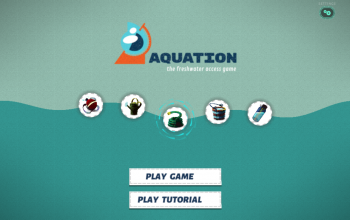How Can We Predict Change in Ecosystems?
How Can We Predict Change in Ecosystems? is part of Smithsonian Science for the Classroom, a brand-new curriculum series by the Smithsonian Science Education Center. It is aligned to a group of grade 5 standards. It has a focus on life science with a secondary focus on physical science. In this module, students:
- Carry out investigations to provide evidence that plants get most of their matter from air and water.
- Analyze data showing that animals get both matter and energy by consuming food.
- Develop and use food web models to track matter and energy flows in ecosystems.
- Obtain information about the causes and effects of invasive species.
- Use models to support a prediction about which of two coastal locations is more likely to be invaded by a nonnative sea squirt.
Below are digital resources that support teaching of this module.
Ecosystems
This video shows a variety of ecosystems.
Download the Ecosystem Video
Download the Accessible Version of the Ecosystem Video
Download the Ecosystem Video Transcript
What I Already Know
These images are used in part of the pre-assessment.
Download the What I Already Know PDF
Bromothymol Blue
This image shows how the color of bromothymol blue (BTB) changes as carbon dioxide levels increase.
Download the Bromothymol Blue PDF
Key for Representing Energy and Matter
This file is a key to the symbols used to represent energy and matter in a food web diagram.
Download the Key for Representing Energy and Matter PDF
Animal Energy and Matter
These videos show several examples of juvenile and adult animals carrying out behaviors.
- Sea lions (https://www.youtube.com/watch?v=6y68tQU6y7A)
- Giant pandas (https://www.youtube.com/watch?v=CPO2y_uii9k)
- Dama gazelles (https://www.youtube.com/watch?v=dwkbo46ltGU)
- Green tree monitor lizard (https://www.youtube.com/watch?v=TXpTNNBYnL8)
- Fishing cat (https://www.youtube.com/watch?v=KcLCjqhiOkk)
- Chick shivering (Download video)
Zoo Animals
This file contains graphs showing food intake and body weight as well as photos for three zoo animals.
Download the Zoo Animals PDF
Nutrition Labels
This file shows examples of nutrition labels, as well as the labels for peanuts and marshmallows.
Download the Nutrition Labels PDF
Energy in Food
This video shows a peanut and marshmallow burning.
Download the Energy in Food video
Download the Accessible Version of the Energy in Food video
Download the Energy in Food Video Transcript
Serving Size
These FDA links describe changes to serving sizes on standard nutrition labels.
Sample Food Web
This food web includes plants and animals in a desert environment.
Download the Sample Food Web PDF
Decomposition Time Lapse
This video shows time-lapse footage of food rotting and molding.
Download the Decomposition Time Lapse Video
Download the Accessible Version of the Decomposition Time Lapse Video
Download the Decomposition Time Lapse Video Transcript
Growing Mold
This file lists the events in an investigation about mold on a piece of bread.
Download the Growing Mold PDF
Southern Resident Killer Whales
This video is about the population of southern resident killer whales. (Stop the video at 0:51.)
https://videos.fisheries.noaa.gov/detail/videos/species-in-the-spotlight/video/4779545047001/species-in-the-spotlight:-southern-resident-killer-whale
Plankton
This file has photos and descriptions of types of plankton.
Download the Plankton PDF
Killer Whale Population Graph
This graph shows the killer whale population between 1995 and 2018.
Download the Killer Whale Population Graph PDF
Ecosystem Takeovers
This file shows several photos of invasive species taking over their environment.
Download the Ecosystem Takeovers PDF
Yellowstone Lake
This file shows a map of Yellowstone National Park and several photos of the lake.
Download the Yellowstone Lake PDF
Sea Squirts
This video shows live sea squirts.
Download the Sea Squirts video
Download the Accessible Version of the Sea Squirts video
Download the Sea Squirts Video Transcript
NEMESIS Database
This links to SERC’s marine invaders database.
https://invasions.si.edu/nemesis/
Science Challenge: Surveying Sea Squirts
This file contains a description of the Science Challenge.
Download the Science Challenge Sea Squirts PDF




Kit Tips & Tricks